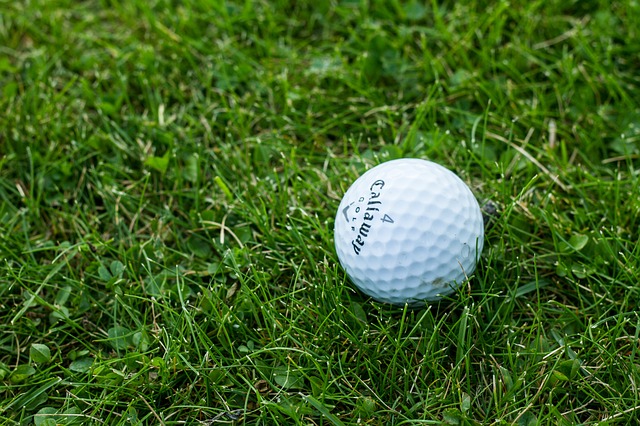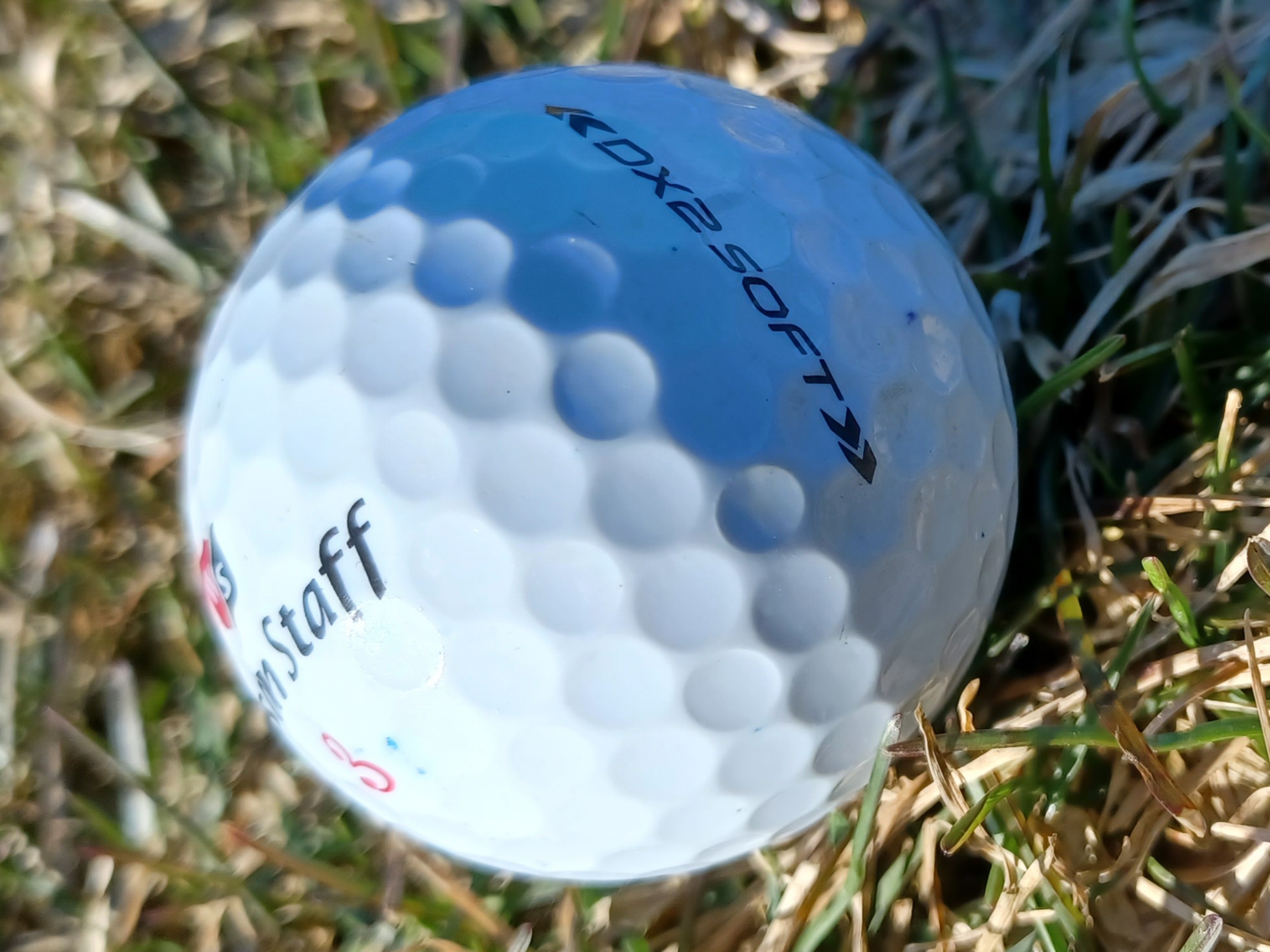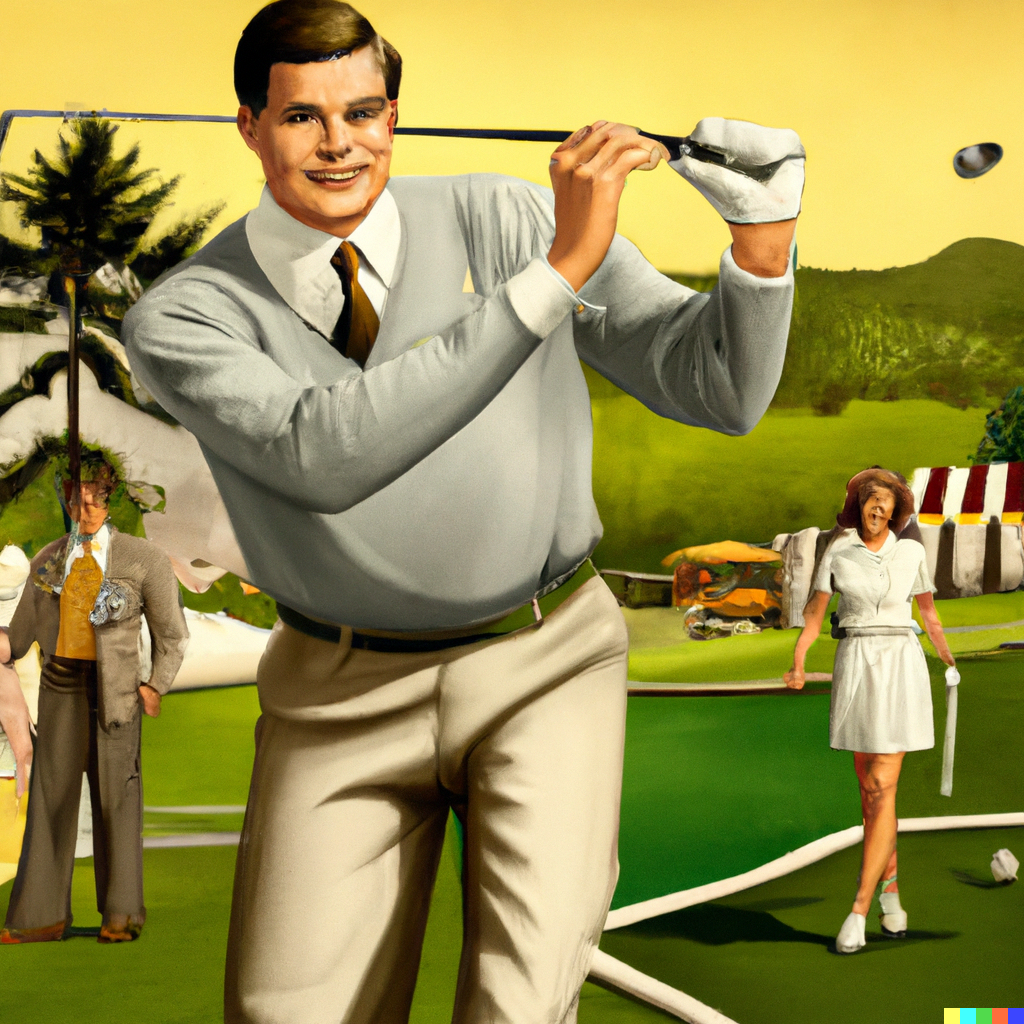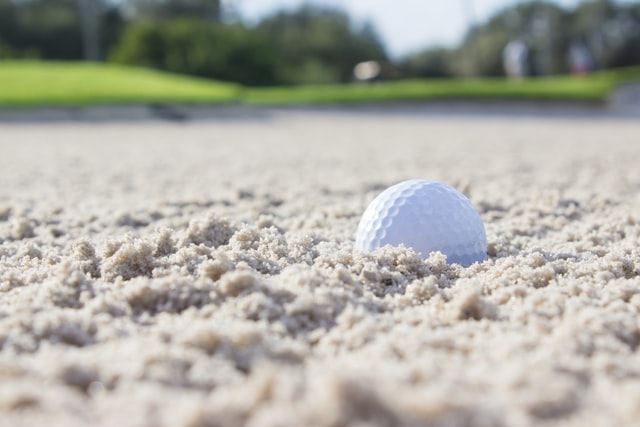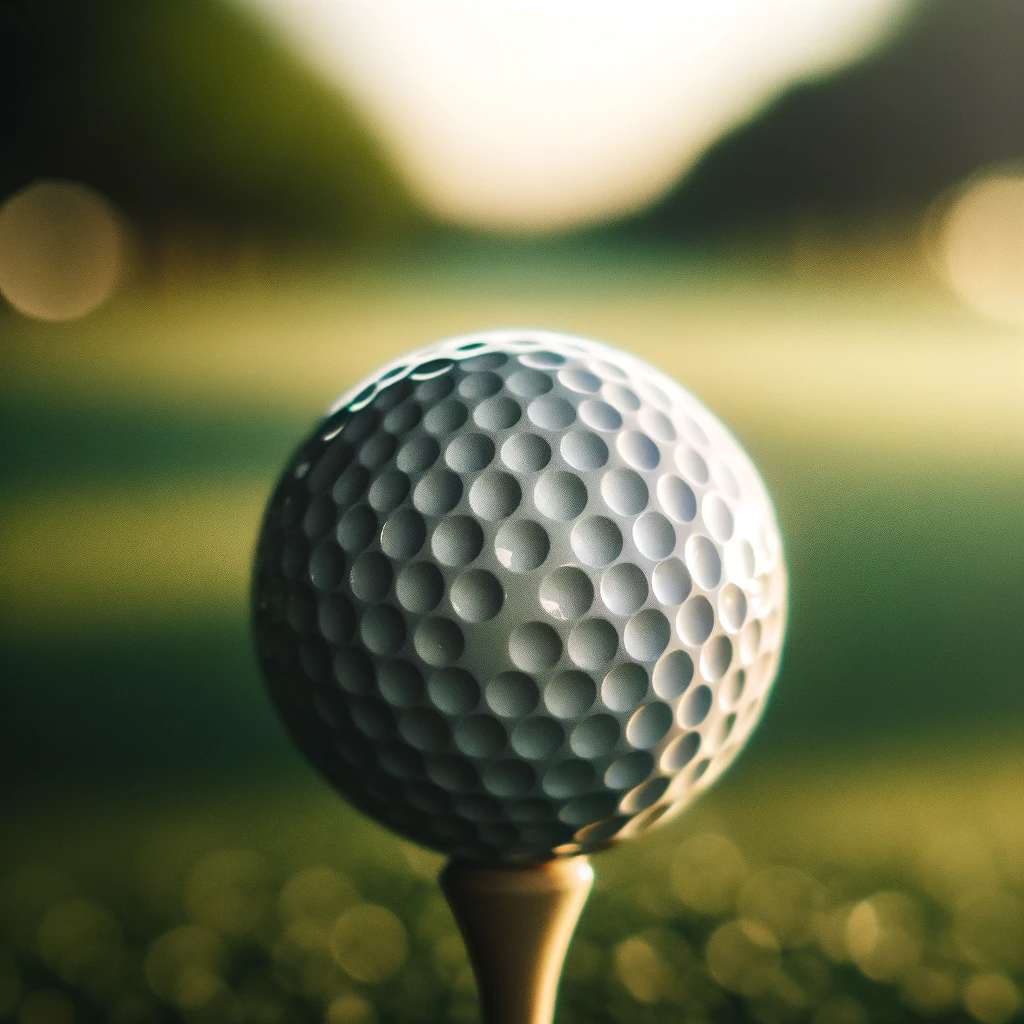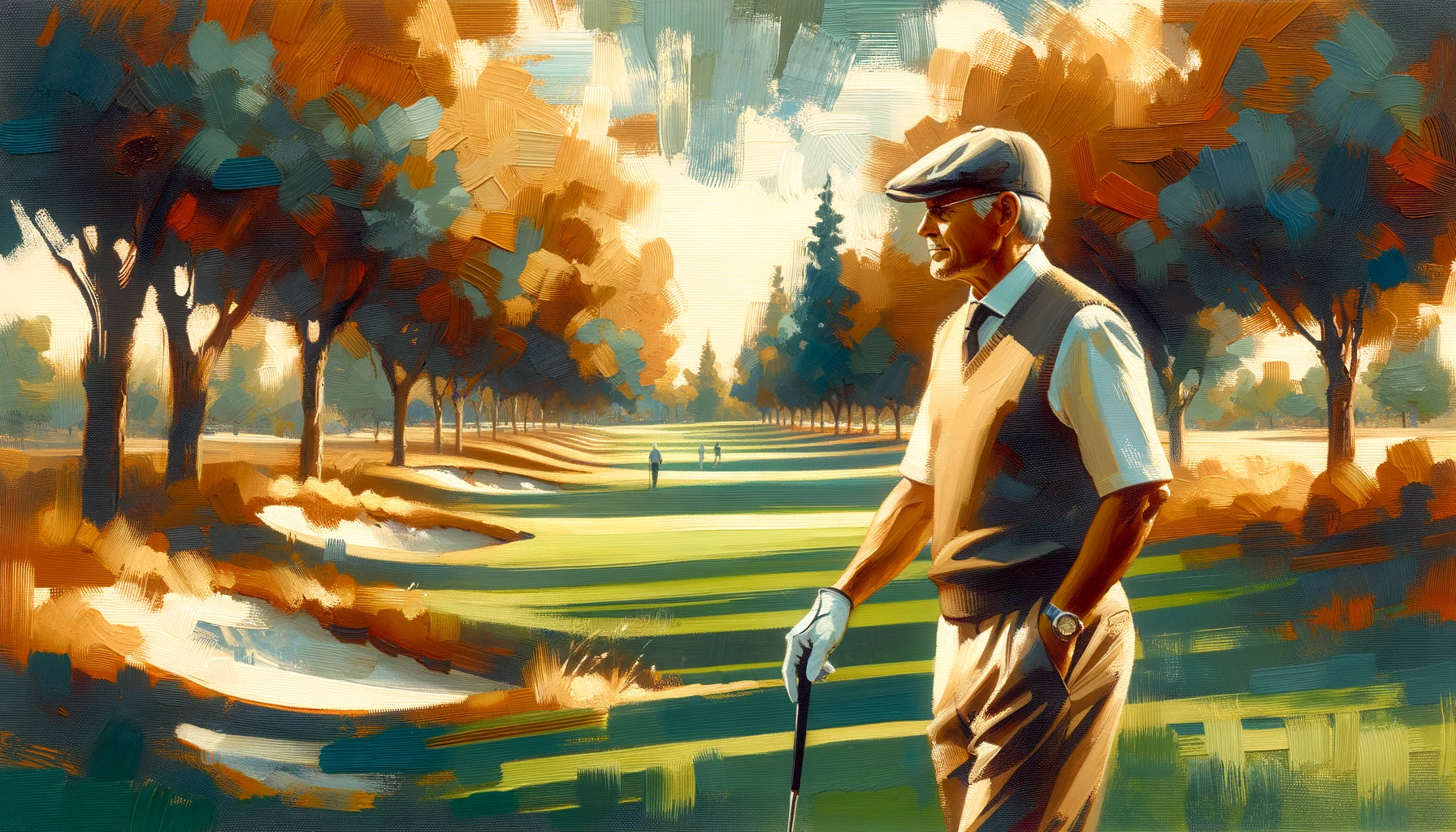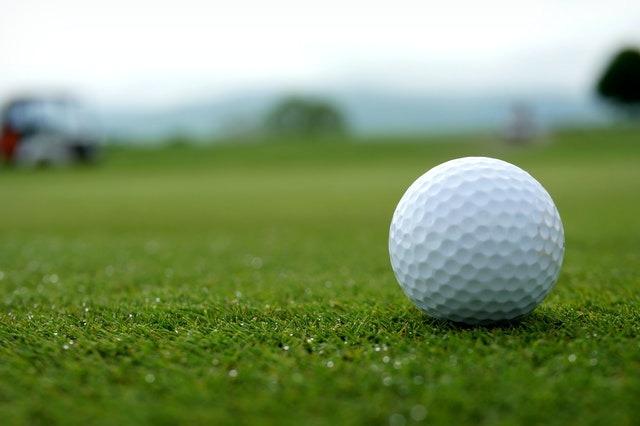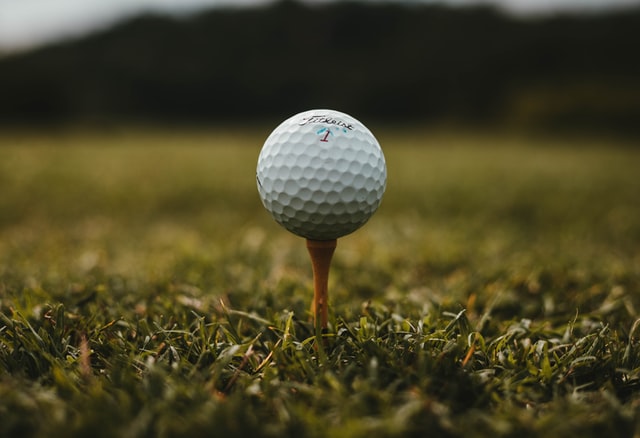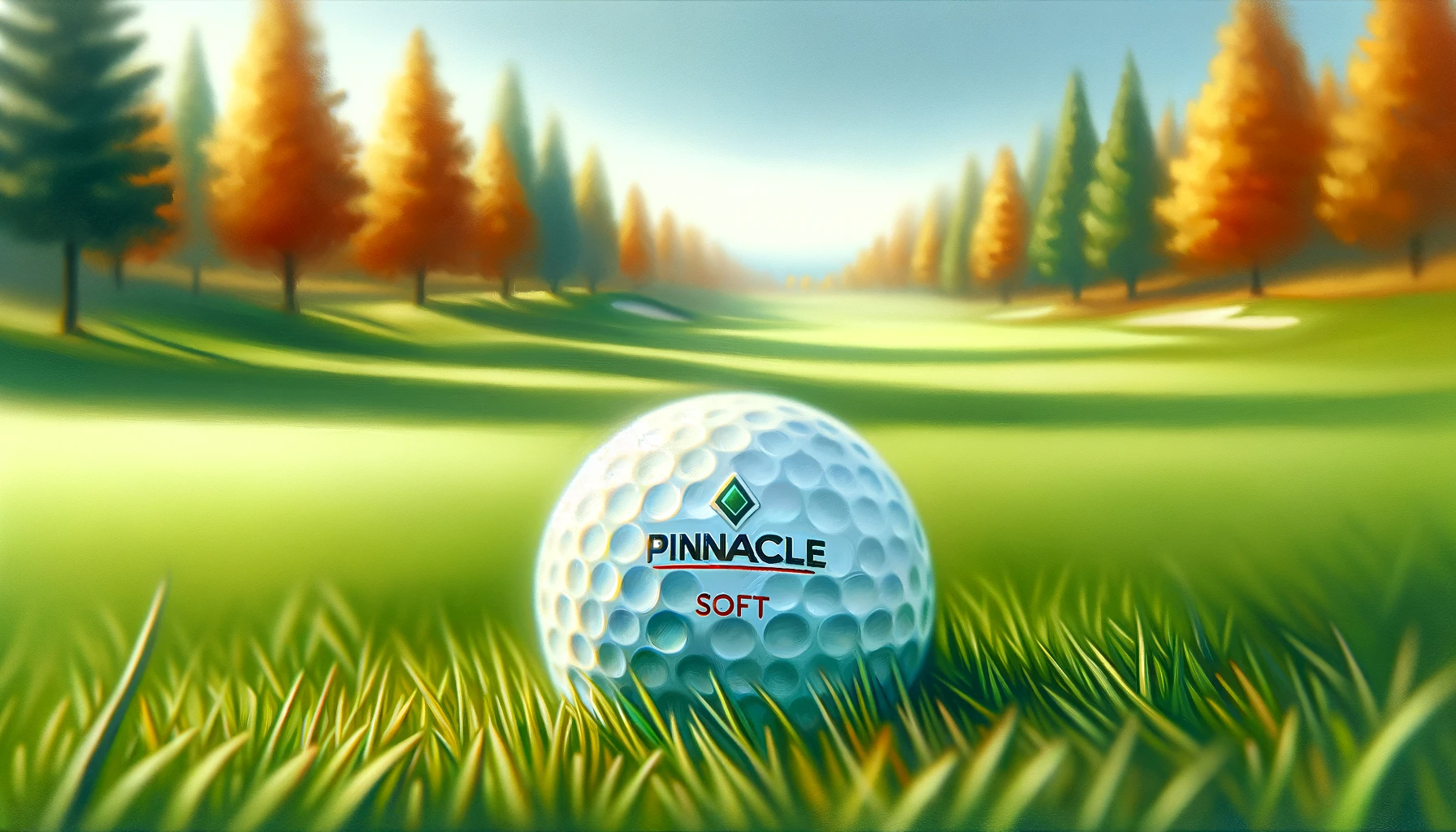- Home
- Equipment
- Golf Balls
- What Golf Balls to Buy
What Golf Balls to Buy: A Weekend Golfer's Ultimate Guide
Are you constantly pondering what golf balls to buy to up your game? As a weekend golfer, you know the right golf ball can make all the difference between a good round and a great one. In this guide, we delve into the nuances of choosing the ideal golf ball for your style and skill level. Whether you're a power hitter or a master of finesse, you'll find invaluable insights tailored just for you. Don't miss the key takeaways and our handy FAQ section for a quick overview!
As a fellow weekend golfer, I get it – choosing the right golf balls can be surprisingly complex. You're standing in the aisle, surrounded by endless options, each promising distance, accuracy, and improved play. It's overwhelming, isn't it? You want to lower your score and feel the thrill of a perfectly executed drive, but the wrong choice can leave you frustrated, spraying shots all over the course.
I've been there, staring at the rows of golf balls, puzzled. Will a more expensive ball really improve my game? Can the latest technology make a difference, or is it just marketing mumbo-jumbo? It's not just about picking a golf ball; it's about choosing a trusty companion for those precious weekends on the course. Make the wrong choice, and you're stuck with a ball that doesn't match your play style, leaving you behind your buddies, both on the scoreboard and in the bragging rights department.
But don't worry, I've poured my heart into understanding this. In this article, I'm going to share everything a weekend golfer like you needs to know about choosing the right golf balls. From deciphering the types to balancing performance with price, and even how to match them to your unique playing style – I've got you covered. Let's dive into this guide, designed to boost your confidence, improve your game, and ensure you're the one turning heads on the course.
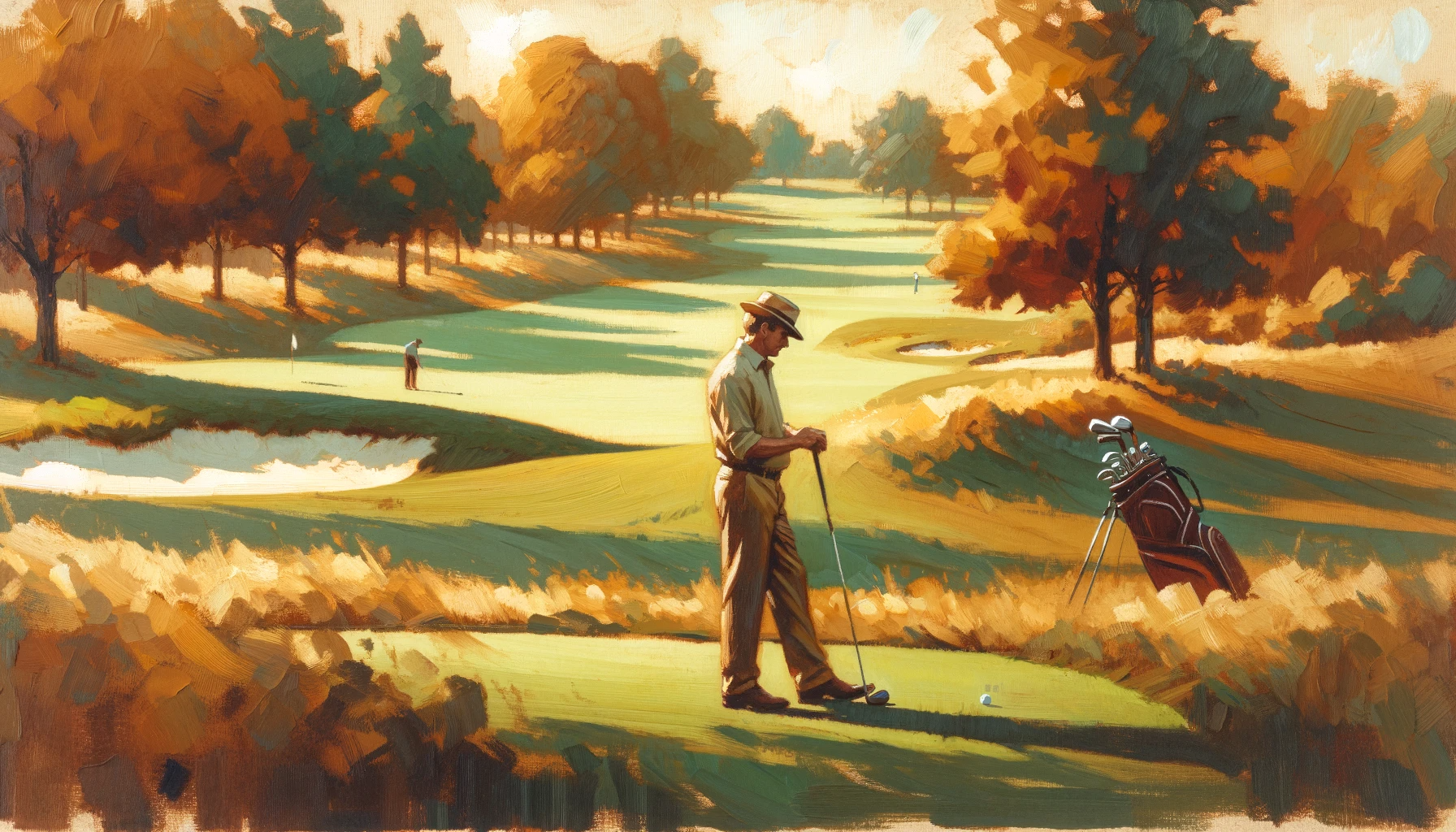 Discover the elegance of golf: Choosing the right balls for your game
Discover the elegance of golf: Choosing the right balls for your gameUnderstanding Golf Ball Types: Your Key to Better Play
Ah, golf balls – the unsung heroes of our weekend escapades on the course. Let me tell you, the journey to understanding golf ball types was a game-changer for me, and I'm excited to share this with you.
1. The Basics: Construction Matters
Did you know that golf balls are constructed in different layers? We've got two-piece balls, typically known for their durability and distance. They're like the steadfast friends who never let you down when you need that extra push down the fairway. Then, there are the multi-layered balls, offering a nuanced performance with a softer feel. These are your sophisticated companions, adding finesse to your game.
2. Spin: The Invisible Hand Guiding Your Ball
Spin is like the unseen force in Star Wars – it's crucial. Low-spin balls can reduce hooks and slices, making them forgiving for those of us who sometimes, let's admit it, get a bit erratic. High-spin balls, on the other hand, give you that backspin for a majestic drop-and-stop on the green. It's like having a remote control for your ball!
3. Feel: It's All About Comfort
Remember that time I mentioned playing with a ball that felt like hitting a rock? It taught me that the 'feel' of a ball is paramount. Some balls offer a soft feel, ideal for putting and short games, while others are firmer, catering to players seeking distance and control. It's like choosing between a feather pillow and a memory foam one – what feels right to you?
4. Dimples: Not Just for Smiles
Dimples on a golf ball aren't just for aesthetics; they're aerodynamic wizards. They reduce drag and enhance lift. Balls with more dimples tend to have a higher and longer flight, while fewer dimples can result in a lower trajectory. It's a small detail with a big impact, like choosing the right tie for your suit.
5. Color and Visibility
Gone are the days when golf balls were only white. Now we have balls in various colors, enhancing visibility in different conditions. A yellow ball on a cloudy day can be a godsend. It's like wearing a bright jacket on a foggy morning hike.
6. Price vs. Performance
Let's talk money. Higher-priced balls often promise enhanced performance, but is it worth it? Sometimes, a mid-range ball can be your ideal partner, offering a balance of cost and quality. It's like choosing a reliable car – you don't always need a luxury model to enjoy the ride.
7. Experimentation is Key
My advice? Experiment. Every golfer is unique, and what works for me might not work for you. Try out different types, feel their impact on your game, and trust your experience. It's like finding your favorite coffee blend – it takes a few tries, but when you find it, it's pure joy.
Choosing the right golf ball is a blend of art and science, much like golf itself. It's about understanding the technicalities and listening to your gut. Remember, the right ball can be a small but mighty ally in your quest to conquer the course.
Performance and Price: Balancing Quality with Budget
Let me take you on a little journey through the balancing act of golf ball performance and price. It's like finding the perfect recipe for your weekend game.
1. The Cost-Performance Dilemma
I remember my first "serious" golf ball purchase? I was torn between the allure of high-performance balls and the reality of my wallet. High-end balls promise enhanced control and feel, but they come with a price tag. On the other hand, more affordable options can still offer a decent game without breaking the bank. It's like choosing between a fine dining experience and a satisfying home-cooked meal – both have their merits.
2. Is More Expensive Always Better?
I used to think shelling out more bucks meant guaranteed improvement on the course. But I learned that's not always the case. Sure, premium balls have advanced technologies, but if you're losing a few each round (like I did in those early days), it might not be the wisest investment. Sometimes, a mid-range ball is the sweet spot for both your game and your budget.
3. Durability vs. Performance
It's a classic trade-off. Some cheaper balls are tough as nails but lack the subtle performance features of their pricier counterparts. It's like comparing a rugged, off-road vehicle with a sleek sports car. Both have their place, but your choice depends on where you're driving – or in this case, playing.
4. Bulk Purchases and Seasonal Deals
Here's a little trick I discovered – buying in bulk or snagging seasonal deals. Sometimes, retailers offer discounts on high-quality balls, making it the perfect opportunity to stock up. It's like finding your favorite wine on sale – you just don't pass it up.
5. Match Your Ball to Your Skill Level
A crucial lesson I learned is to match the ball to my skill level. As a beginner, I didn't need the top-of-the-line ball with all the bells and whistles. As I improved, I started experimenting with more advanced options. It's a bit like upgrading your phone – you don't need the latest model to make a call, but the extra features become more appealing as you become more tech-savvy.
6. Your Playing Frequency Matters
How often you hit the course plays a role too. If you're playing every weekend, investing in better balls might make sense. But for the occasional golfer, a more economical choice can be just as satisfying.
In conclusion, finding the right balance between performance and price in golf balls is a personal journey. It's about understanding your game, your goals, and your budget. Remember, the right ball at the right price can make all the difference in enjoying your weekend rounds and gradually improving your game.
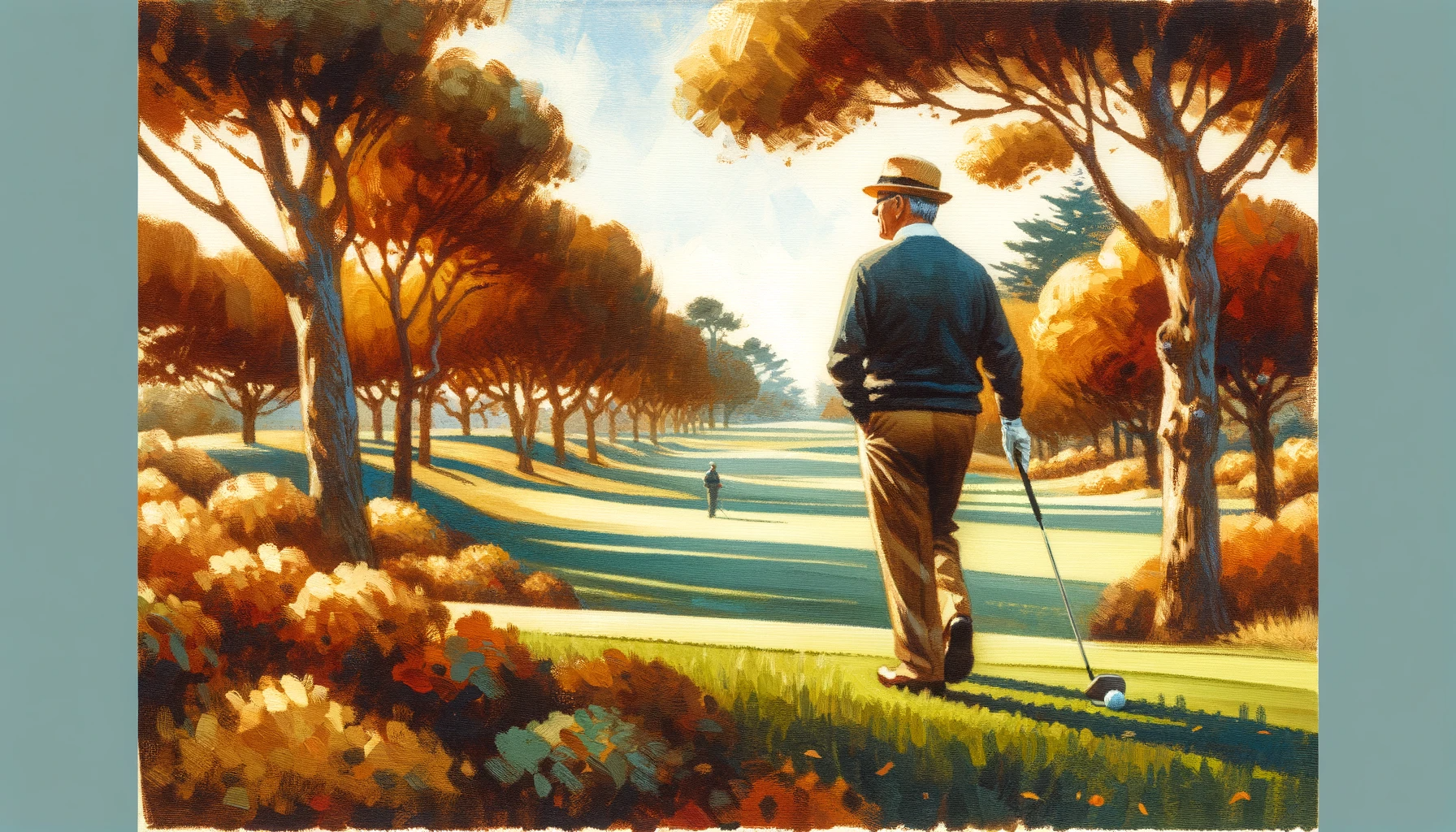 Experience and harmony on the course: The art of selecting golf balls
Experience and harmony on the course: The art of selecting golf ballsTechnological Innovations: How Modern Golf Balls Can Change Your Game
Picture this: you're on the course, and your buddy pulls out a brand spanking new golf ball boasting the latest technology. You're curious, right? Let me share how these technological wonders can be game-changers.
1. The Evolution of Technology in Golf Balls
I still remember the first time I played with a technologically advanced ball. It felt like unlocking a new level in a video game. Nowadays, golf balls are engineered for precise aerodynamics, enhanced control, and better distance. It's not just about hitting the ball; it's about harnessing science to improve every shot.
2. Material Matters: From Core to Cover
The core of modern golf balls is a universe in itself. Materials like polybutadiene make them responsive and energetic. The cover, often made of urethane or Surlyn, decides how the ball reacts upon impact. It's like choosing the right armor for battle – each material serves a unique purpose.
3. Dimple Design: The Science of Flight
Remember when we talked about dimples? Today's golf balls take it to another level. Computational Fluid Dynamics (CFD) is used to design dimples that optimize flight stability and reduce drag. It's a blend of art and science, ensuring that your ball flies true to your aim.
4. Customization for Weather Conditions
Here's something cool – some golf balls are now designed to perform optimally in specific weather conditions. Playing on a wet day? There's a ball for that. Scorching heat? There's a ball for that too. It's like having the right gear for every season.
5. Spin Control Technology
For those of us who struggle with control, modern golf balls offer spin-reducing technologies. These balls can help minimize hooks and slices, making your game more consistent. It's like having a secret weapon in your golf bag.
6. Visibility and Alignment Aids
Gone are the days of plain white balls. Now, we have options with enhanced visibility and built-in alignment aids. These features can boost your confidence on the green and make lining up putts a breeze.
7. Trying is Believing
Just like with any technology, the proof is in the pudding. I encourage you to try different technologically advanced golf balls. You might be surprised at how they can transform your game. It's like test-driving a car – you won't know how good it is until you're behind the wheel.
Embracing technology in golf balls isn't just about playing with fancy gear; it's about giving yourself every advantage to enjoy the game and improve. Who knows, with the right ball, you might just find that edge you've been looking for.
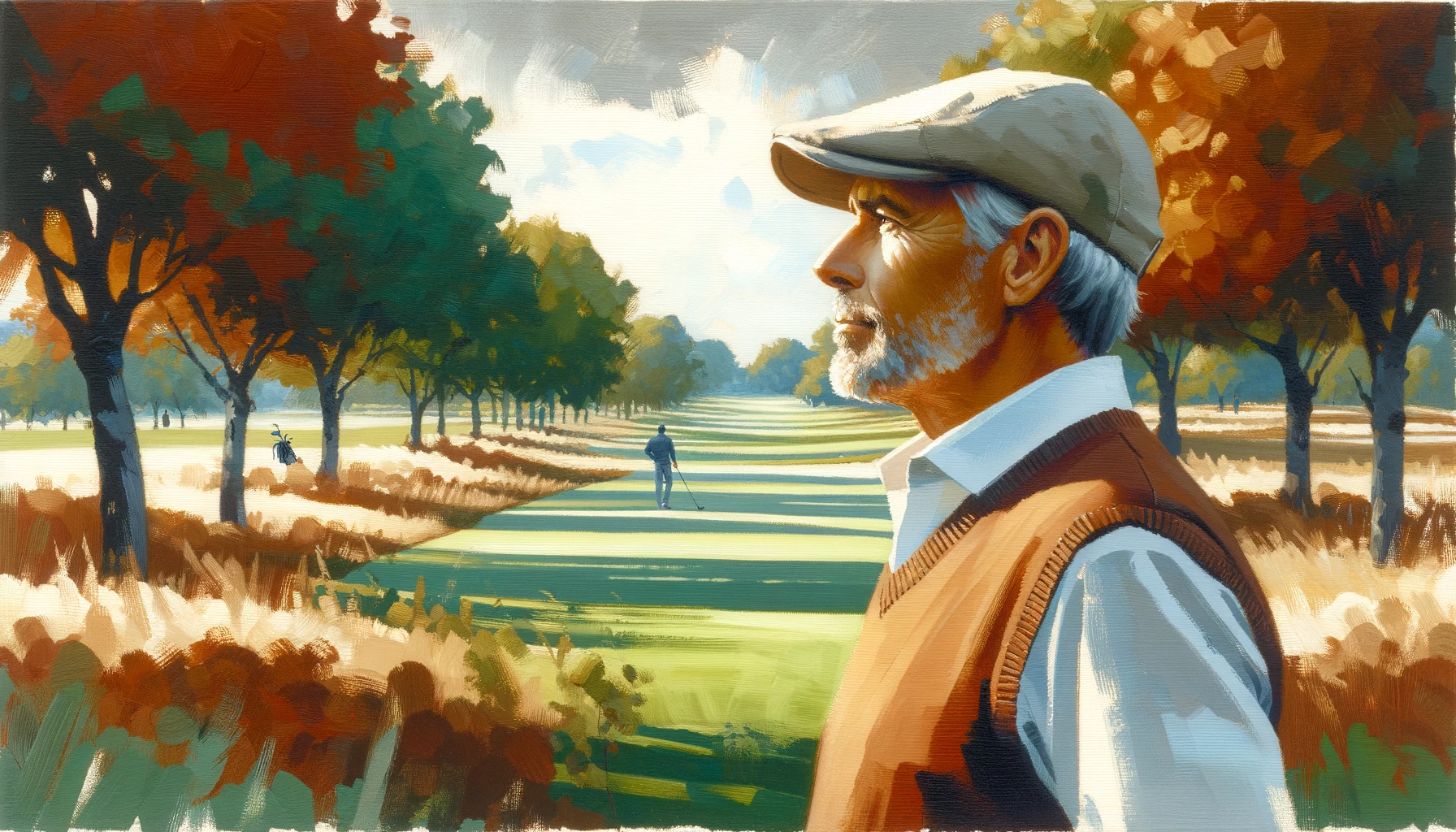 Blend experience with nature: How to choose golf balls for your style
Blend experience with nature: How to choose golf balls for your stylePersonalized Selection: Matching Golf Balls to Your Playing Style
Let's talk about something crucial – matching golf balls to your playing style. It's like picking the right outfit for an occasion; it has to be just right.
1. Identify Your Playing Style
First things first, understanding your playing style is key. Are you a power hitter longing for those long, majestic drives? Or are you more about precision and finesse, focusing on the short game? For me, realizing that I was more of a finesse player led me to choose balls that offered better control and spin around the greens.
2. Assess Your Skill Level
It's important to be honest about your skill level. As a beginner, I opted for balls that were more forgiving and helped reduce slices and hooks. As I improved, I started experimenting with balls that offered more spin control and feel. It's a journey, and your choice of balls should evolve with your game.
3. Consider Your Swing Speed
Swing speed is a big factor. If you have a slower swing (like I had in my early days), a softer ball can help you achieve better distance. Faster swingers might benefit from firmer balls that offer more control. It's like choosing the right gear in a car – you need the right one for your speed.
4. Playing Conditions Matter
Think about the typical conditions you play in. Wet and soft courses might require balls with higher spin to stop quicker on the greens. Dry and hard courses might call for balls with lower spin to maximize roll. Adapting to the environment is key, much like choosing the right shoes for a hike.
5. Personal Preference and Comfort
Don't underestimate personal preference. Some players (myself included) prefer a softer feel for better feedback on putting and short shots. Others might prioritize distance over feel. It's a personal choice, like picking your favorite brand of sneakers.
6. Experiment and Explore
Finally, don't be afraid to experiment. I've tried various balls over the years, each teaching me something new about my game. It's a process of discovery, finding the ball that complements your style and brings out the best in your game.
In the end, choosing golf balls is about finding the perfect match for your unique style. It's a combination of understanding your game, assessing your needs, and a bit of trial and error. With the right ball, you'll feel more confident, and that's when the magic happens on the course.
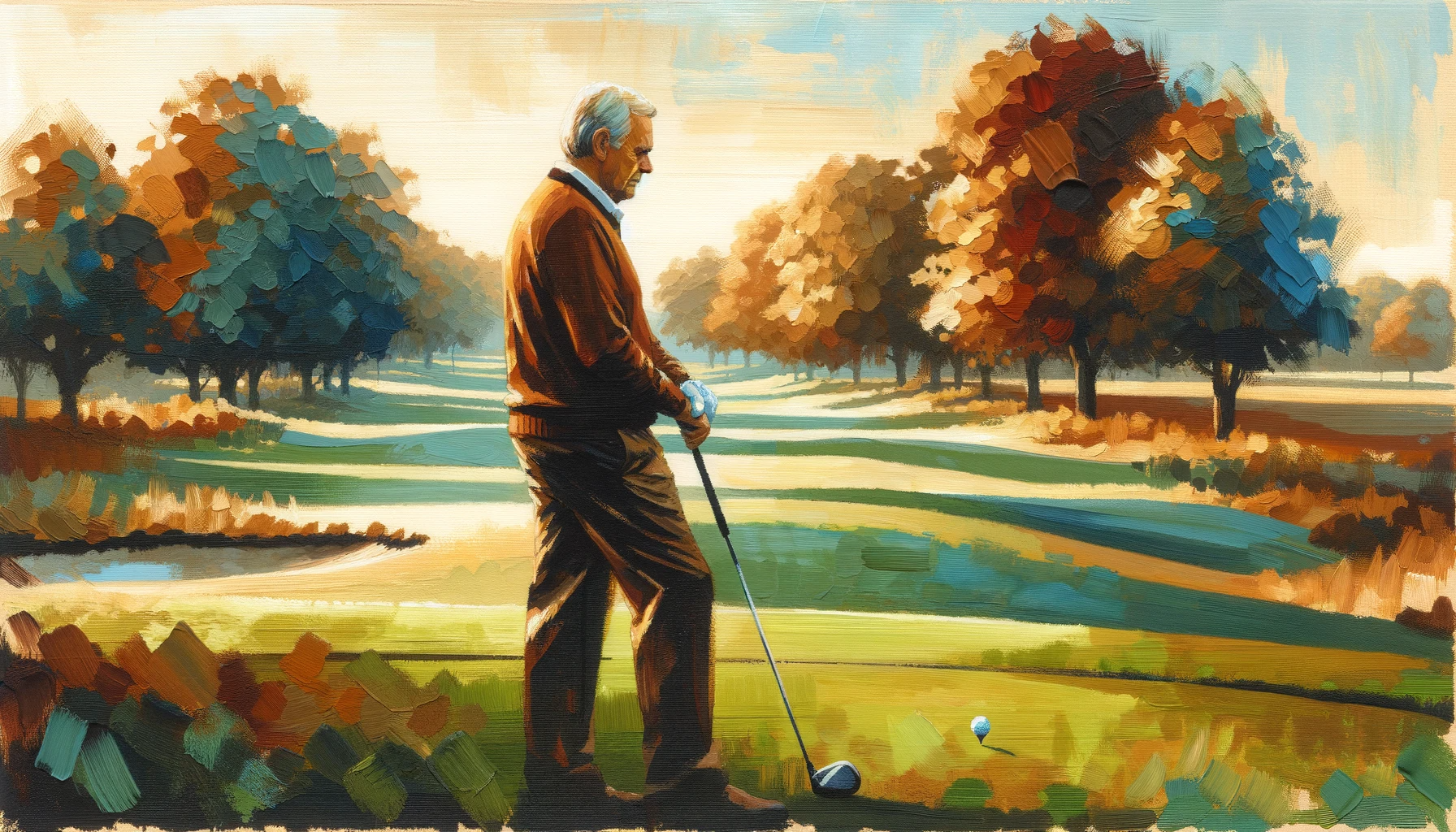 A golfer's journey through serene landscapes: Picking the right golf balls
A golfer's journey through serene landscapes: Picking the right golf ballsKey Takeaways and Call to Action
Key Takeaways:
- Understand Your Needs: Assess your skill level, playing style, and what you want to achieve on the course.
- Balance Performance and Price: Find golf balls that offer the best combination of performance and affordability.
- Embrace Technology: Consider modern golf balls with technological innovations to enhance your game.
- Experiment: Don't hesitate to try different types and brands to find your ideal match.
Take Action:
1. Choose Wisely: Reflect on these insights and choose golf balls that resonate with your playing style.
2. Join Golfeaser Community: Share your experiences and learn from fellow golfers.
3. Sign Up for Our Newsletter: Stay updated with the latest tips, stories, and golf insights.
4. Live the Golfeaser Manifesto: Keep improving, enjoy your game, and share your journey with us.
Remember, the right golf ball can transform your game. Have you found your perfect match yet? If not, dive into the world of golf balls, experiment, and discover what works best for you. Join us at Golfeaser, where we share not just tips, but stories, victories, and the passion for golf. Let's live by the Golfeaser Manifesto, one round at a time!
What's your next step in mastering the game with the right golf ball? Share your thoughts and join the conversation!
FAQ About What Golf Balls to Buy
What factors should I consider when buying golf balls?
What factors should I consider when buying golf balls?
Consider your skill level, playing style, swing speed, and the course conditions. Beginners might prefer two-piece balls for durability and distance, while advanced players might opt for multi-layered balls for better control and feel.
How do different golf ball constructions affect performance?
How do different golf ball constructions affect performance?
Two-piece golf balls are generally more durable and provide longer distance, ideal for beginners or high-handicap players. Multi-layer golf balls offer more control and spin, suited for experienced players looking to refine their short game.
What is the difference between low-spin and high-spin golf balls?
What is the difference between low-spin and high-spin golf balls?
Low-spin golf balls reduce side spin, helping to minimize hooks and slices, making them a good choice for players with a tendency to mis-hit. High-spin balls increase backspin, providing greater control and stopping power on the greens, ideal for advanced players.
How does the dimple pattern on a golf ball impact its flight?
How does the dimple pattern on a golf ball impact its flight?
Dimple patterns affect aerodynamics. More dimples usually mean a higher and longer flight, while fewer dimples can lead to a lower trajectory. The shape and depth of dimples also influence air resistance and lift.
Is it worth buying expensive golf balls?
Is it worth buying expensive golf balls?
It depends on your skill level and how often you play. Expensive golf balls can offer advanced technologies for better control and feel, but they might not be necessary for casual or beginner players. Consider how often you lose balls and your budget.
How do I match golf balls to my swing speed?
How do I match golf balls to my swing speed?
If you have a slower swing speed, softer golf balls can help you achieve greater distance. For faster swing speeds, firmer balls might provide better control and a more responsive feel.
Can the color of a golf ball make a difference in my game?
Can the color of a golf ball make a difference in my game?
Colored golf balls can enhance visibility in different playing conditions. For example, yellow balls are easier to see on overcast days or in low light, which can help with tracking the ball in flight and locating it on the course.
Do high-tech golf balls really improve performance?
Do high-tech golf balls really improve performance?
Technologically advanced golf balls can offer benefits like better aerodynamics, spin control, and feel. However, the extent of the improvement depends on the player's ability to utilize these features effectively in their game.
What are the best golf balls for a weekend golfer?
What are the best golf balls for a weekend golfer?
Weekend golfers should look for golf balls that balance performance with value. Balls that offer good distance and control without being overly expensive are ideal. Consider balls that are durable and provide a consistent feel.
How often should I replace my golf balls?
How often should I replace my golf balls?
Replace your golf balls when they show signs of wear, such as cuts, scuffs, or loss of their original color and texture. Worn-out balls can negatively impact your game by altering flight and reducing control.

